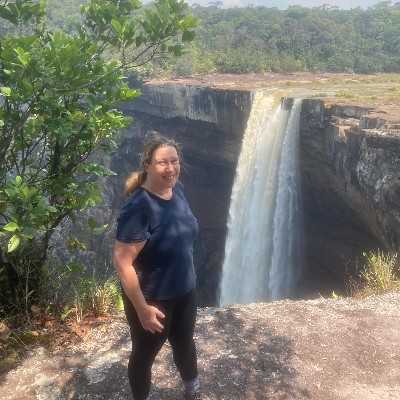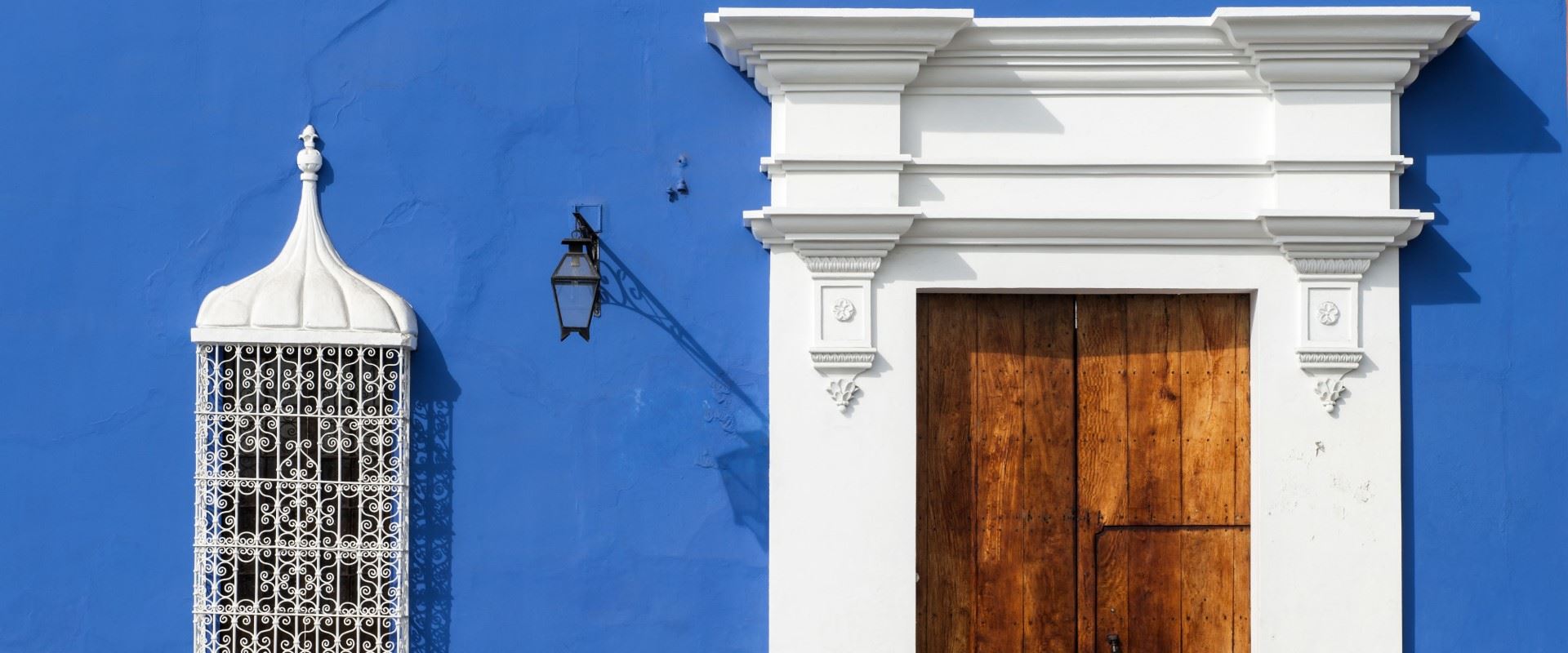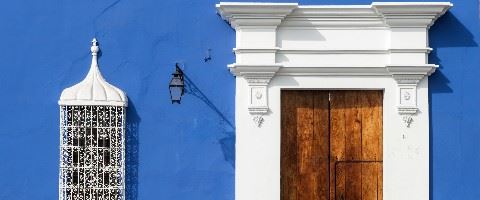Trujillo
Often cited as the capital of the north, Trujillo was founded on the orders of Pizarro, the Spanish conquistador. Today it is Peru’s third largest city and famed for its elegant colonial architecture, particularly around the main square Plaza Mayor, where colourful, old mansions and baroque churches can be viewed.
Trujillo is a perfect base from which to explore the amazing pre- Inca sites nearby. These include the Dragon / Rainbow Temple on the outskirts of the city, Chan Chan, a huge adobe city to the west and the impressive Moche pyramids, Huacas del Sol y Luna to the south east.
Trujillo also has some beaches nearby, popular with locals for their fish restaurants and good surf. Huanchaco is a lively resort to the north also famous for the tortora reed boats used by the local fishermen.
Today the Chicama Valley to the north of Trujillo is largely given over to sugar cane production. However, the valley also has many ancient sites including El Brujo. Paijan is also known for the elegant Pasofino horses.
Mancora
Tucked away close to the Ecuadorian border lies Mancora, a small rustic fishing town on the coast. Due to its northern location, the climate offers year round sun and high temperatures making it an excellent and relaxing beach destination. The beaches are some of the best in Peru and safe for swimming and surfers alike.
Between the peak months of December and March hotel availability can be an issue and it advisable to book well in advance.
Mancora town has a number of restaurants with a strong emphasis on fresh seafood. There are also a number of lively bars and café’s which can become busy during holiday periods and weekends. Our accommodation islocated approximately 10-25 minutes “moto taxi” (tuk-tuk) from the centre of Mancora.
Please note that coastal Northern Peru is a dry and arid region with a large number of sand dunes. As a result please do expect dense tropical vegetation with palm fringed beaches.
Chiclayo
Three hours drive from Trujillo, through a variety of landscapes including rice fields, sugar cane and cotton plantations is the busy, commercial city of Chiclayo.
It is one of Peru’s fastest growing modern cities boasting distinctive cuisine, musical traditions (Marinera, Tondero and Afro – Indian rhythms) and a witch doctors market. However, it is the history of the area that attracts most visitors. Increasing evidence is emerging of the successive ancient cultures that have flourished here, with some impressive archaeological sites and museums. Famous sites include: Tucume also known as the Valley of the Pyramids; and the tombs of Sipan.
The Bruning Museum and Museo de las Tumbas Reales de Sipan, both in the small town of Lambayeque, offer fascinating insights into the local ancient cultures.A visit to the local spectacled Bear Rescue Centre can also be arranged.
Cajamarca
Cajamarca, with its stunning mountain scenery, elegant colonial architecture and central plaza is often compared to Cusco in the south of the country. However, the relaxed atmosphere and friendly inhabitants give a wonderful ‘off the beaten track’ feel to this interesting city.
A scattering of ancient sites in the local area aptly display evidence of ancient civilisations dating from the Chavin era (1200BC to 200AD). Cajamarca was the scene of a horrific massacre of the Incas by the Spanish, and also the place where Atahualpa, the last Inca lord, was executed, despite fulfilling the ransom demanded for his release; filling a large room with gold and twice over with silver. Little is left of the Inca city, although a room where Atahualpa is said to have either been held captive or to have filled with precious metals, still stands and is open to the public. Today gold is still a feature of the city, it was recently discovered in the hills to the west of the city, which is gradually becoming the site of a huge gold mine.
Six kilometres east of Cajamarca are the Banos del Inca where Atahualpa was camped with his army when the Spanish arrived. Dating from pre-Inca times, these baths, although unremarkable, remain popular with locals today. North of here is Otuzco, where there is a pre-Inca rock necropolis. Holes carved into the rock face mark the burial sites of an ancient civilisation. To the south west of the city is an area of distinctive rock formations known as ‘The Forest of Stones’, near to which is a remarkably engineered pre-Inca water canal known as Cumbe Mayo.
Well known for its local handicrafts especially textiles, ceramics and stone carving, Cajamarca also has a main market every day, as well as weekly herb and animal markets.
Chachapoyas
At 2334m above sea level and surrounded by stunning mountain scenery, Chachapoyas is the unlikely historical capital of the ‘Departmento de Amazonas’. A pleasant town, most people visiting here do so to visit the remarkable Chachapoyan sites of the area dating from approximately 800AD.
Kuelap is the most famous local ancient site but there are many interesting sites, and it is suspected that there are still more ‘lost cities’ yet to be discovered, particularly in the jungle areas. There are also fascinating natural sites. In the last few years the nearby Gokta Waterfall, was rediscovered and is now thought to be amongst the highest in the world.
Highlights south of Chachapoyas include the cliff face necropolis of Revash, (from the Revash culture approximately 1250AD), and staying at the Leymebamba Museum which displays mummies taken from the Inca jungle lake side burial site at Laguna de los Condores for safe keeping. The journey along the single track road through the mountains from Leymebamba to Cajamarca is also memorable for its stunning views.
Travelling in this area can often be difficult especially as not all the roads are tarmaced,and in the wet season (January – March) it is often impossible. However the rewards for those who want a sense of adventure are immense.






